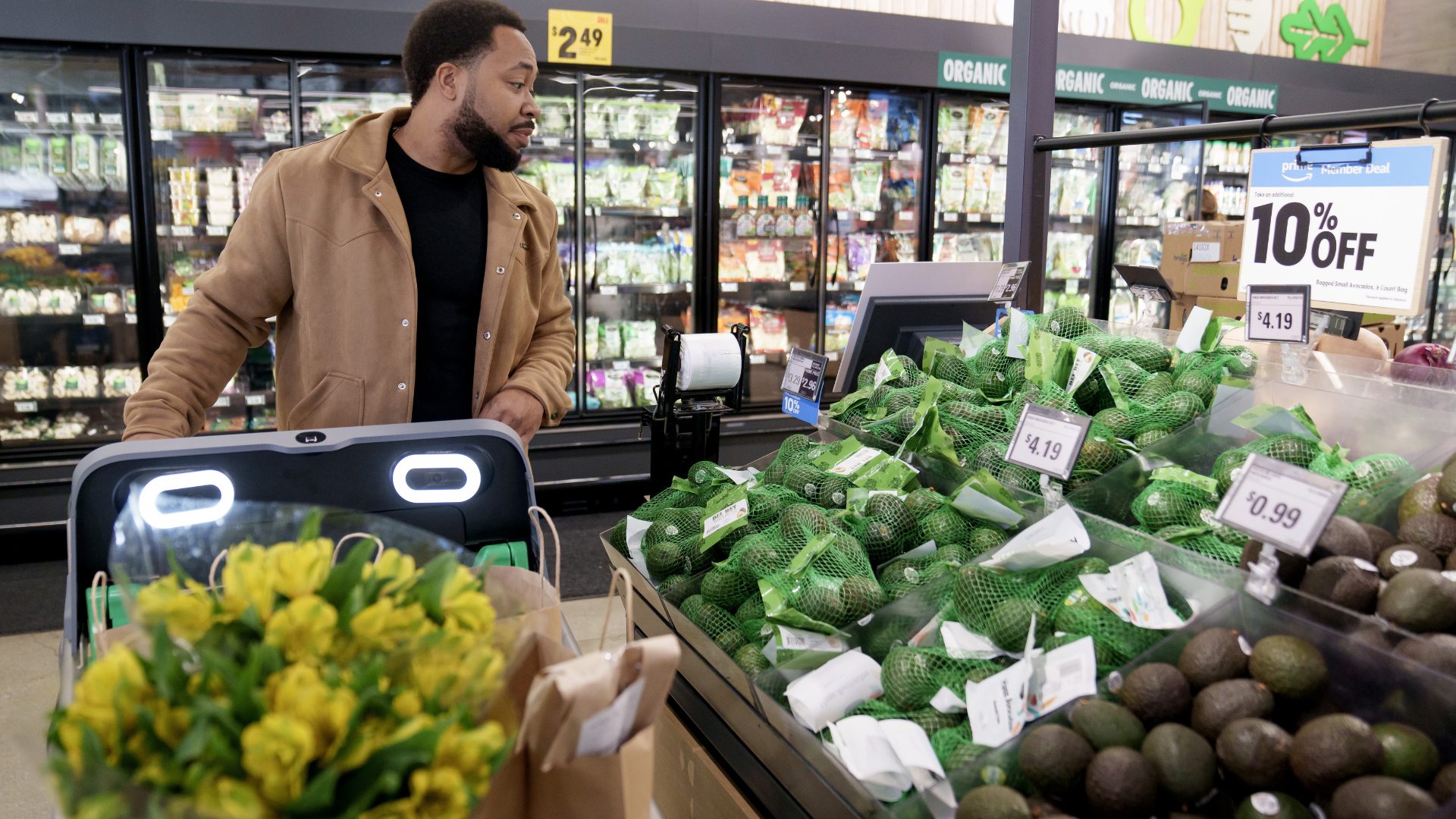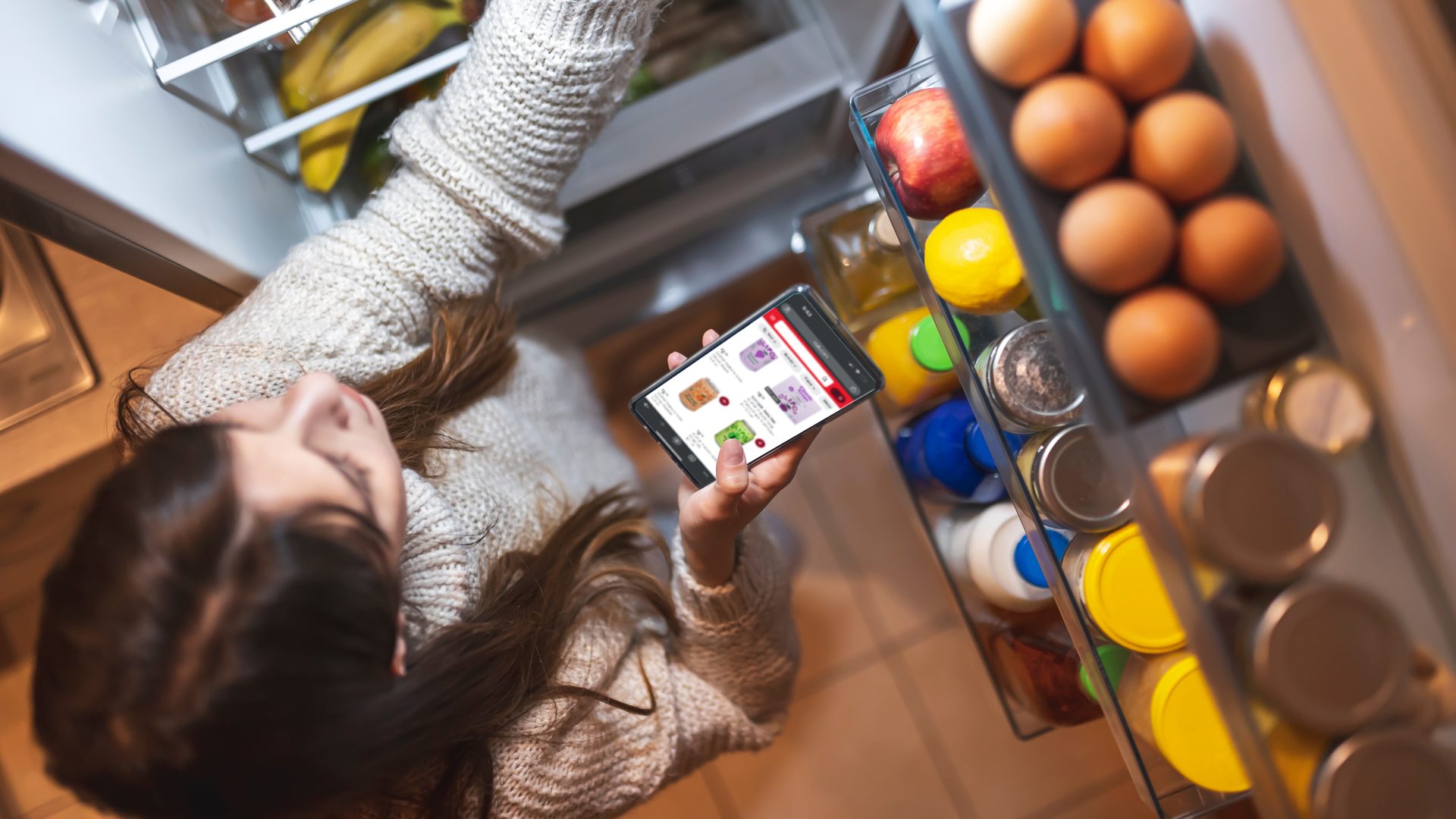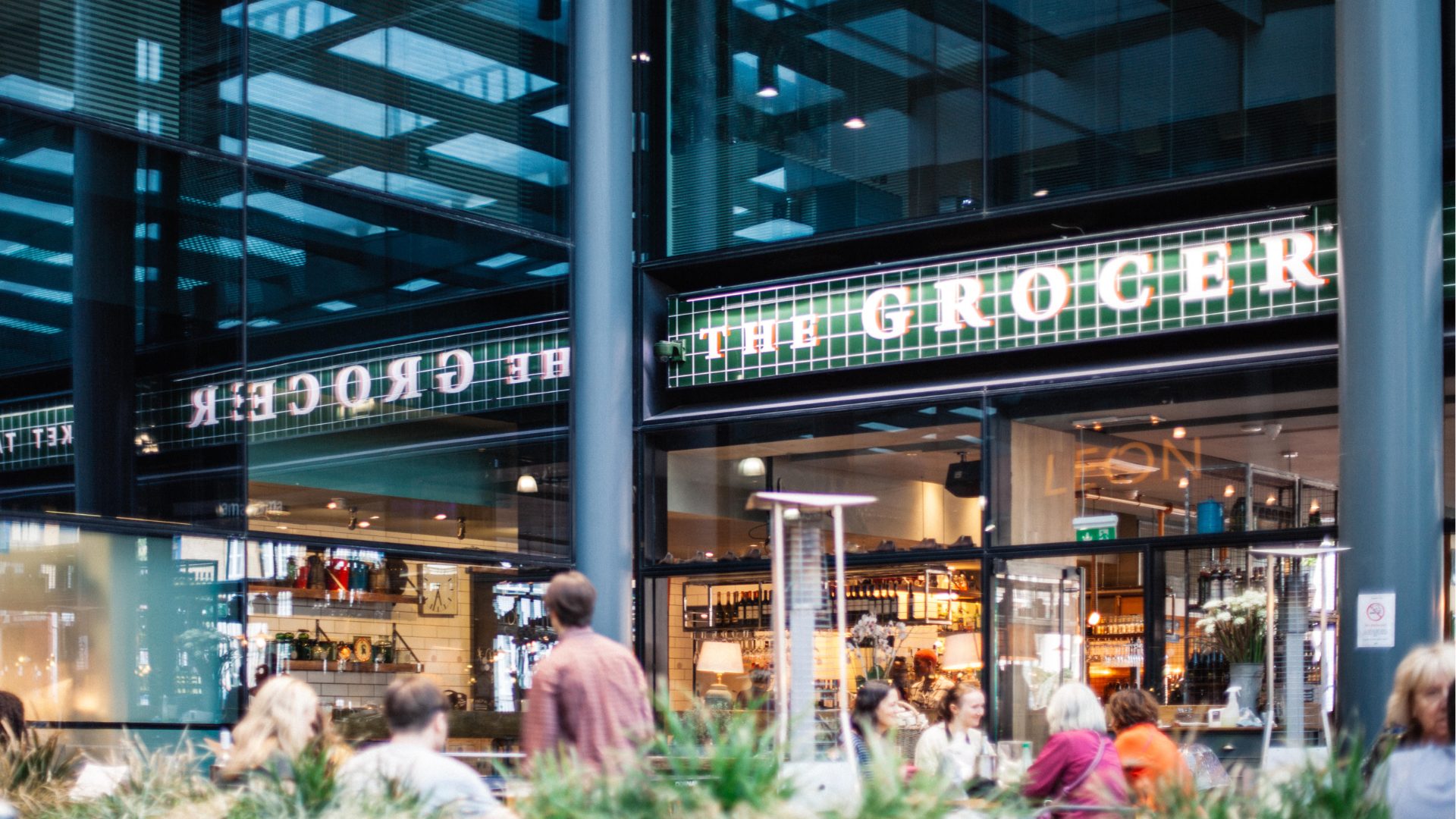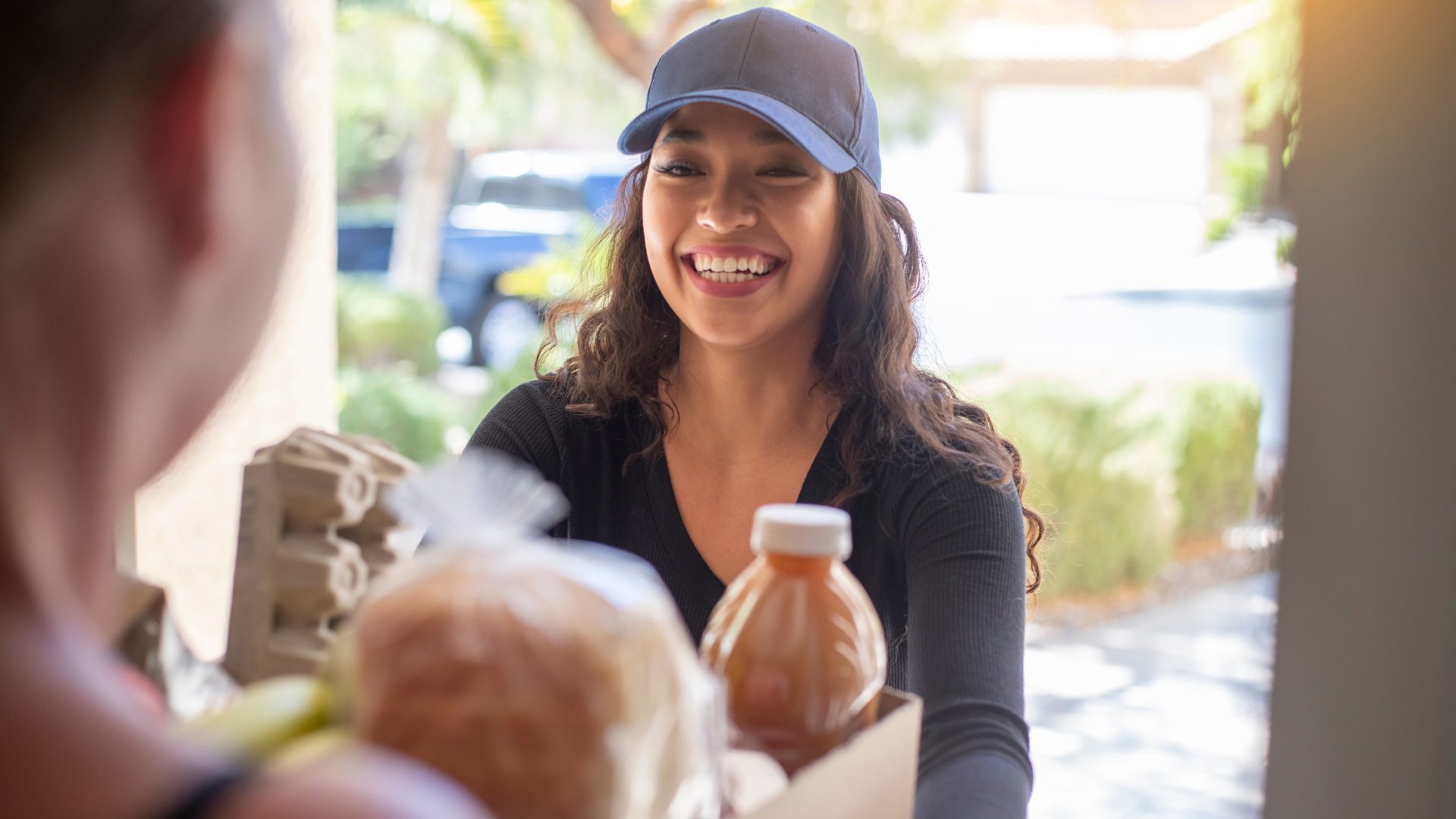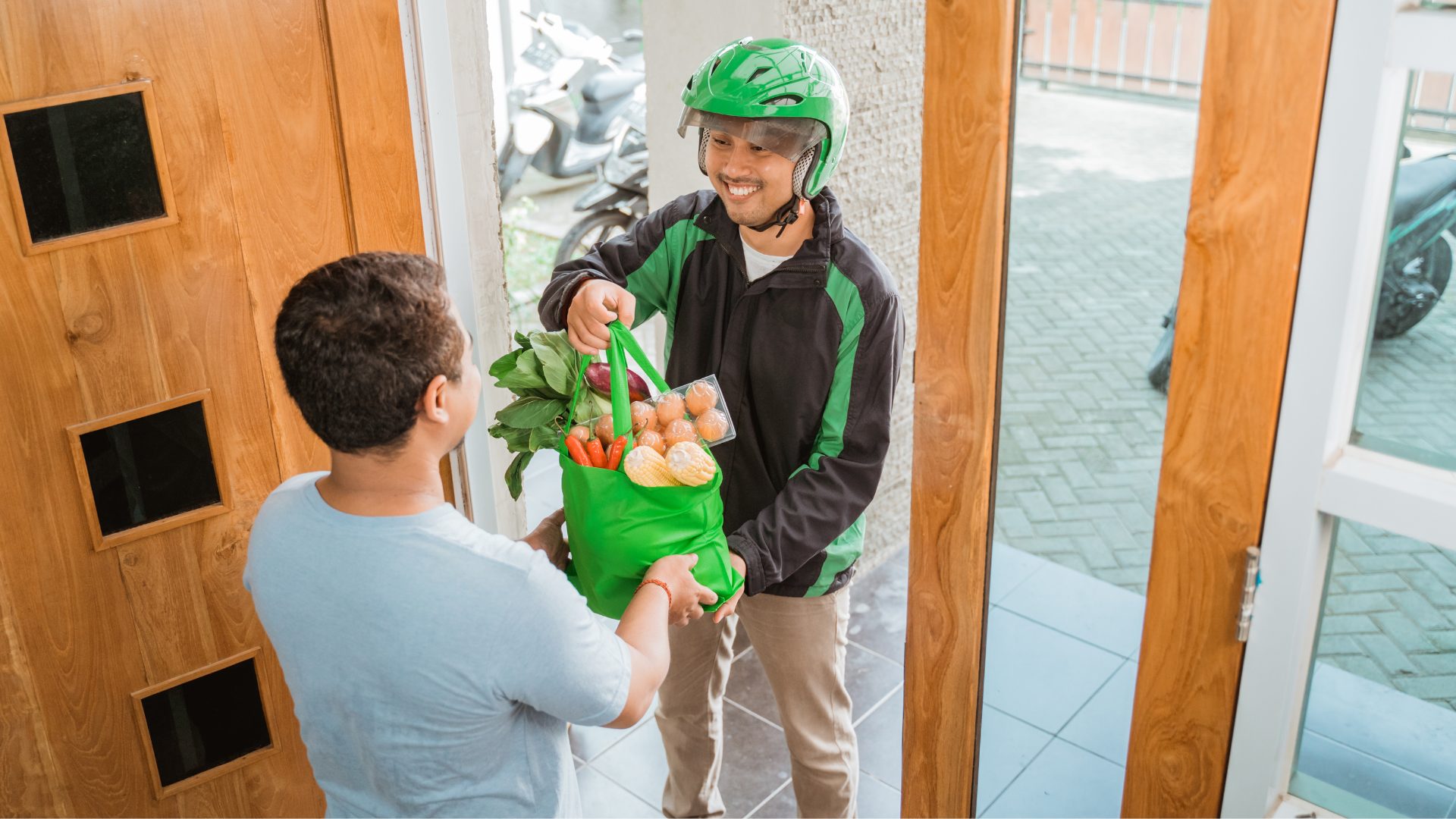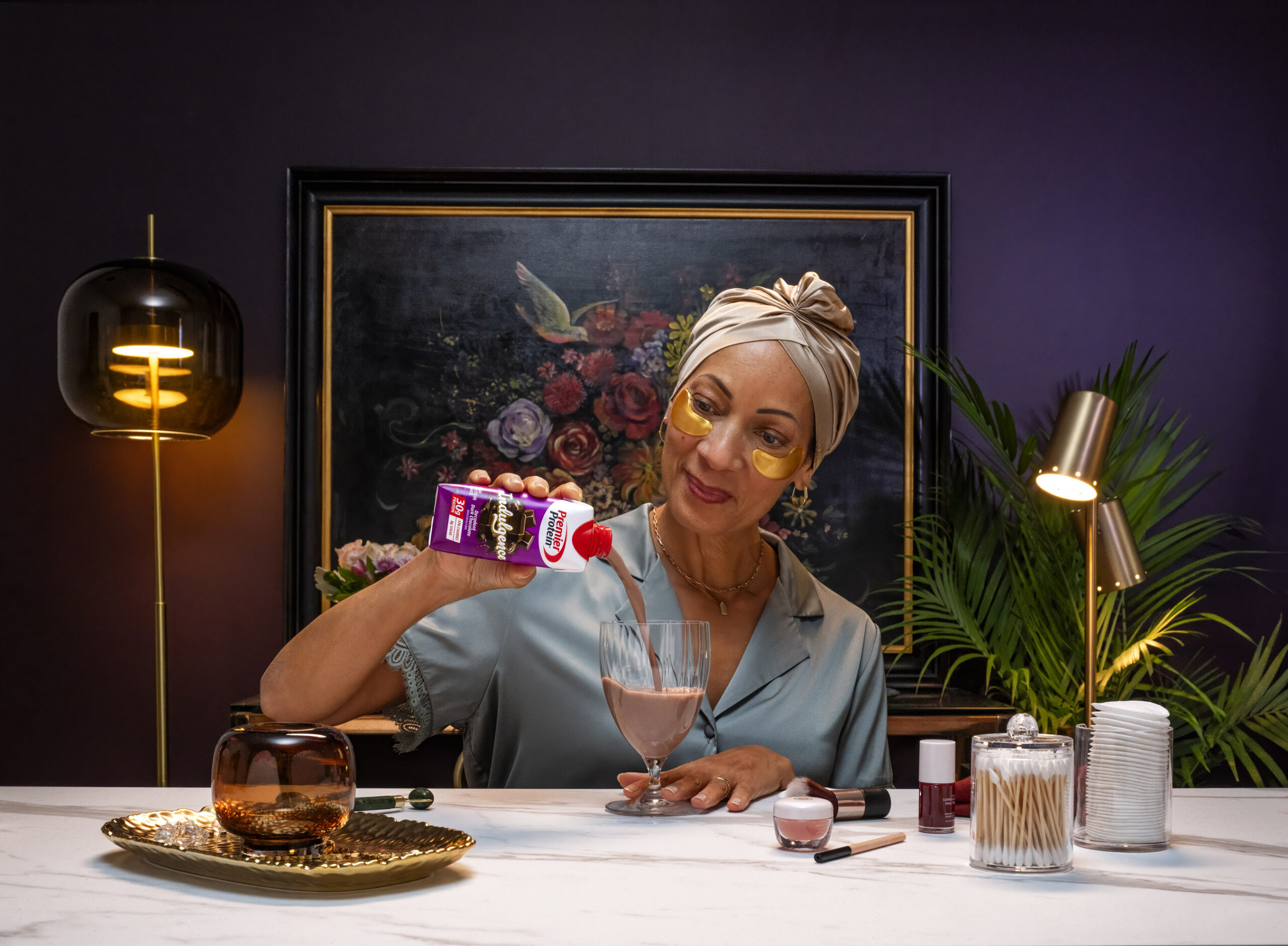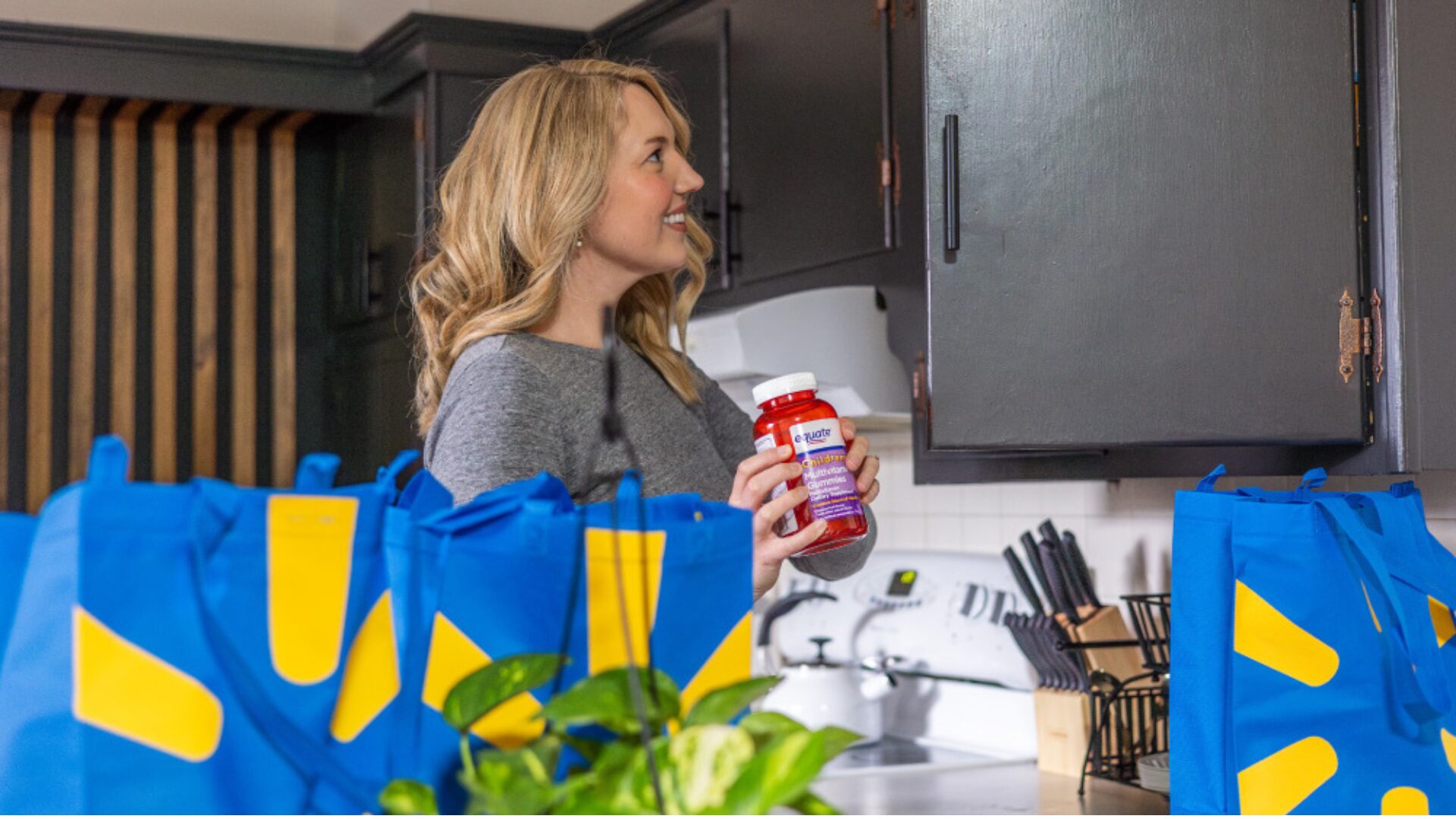Amazon is back in the news, and not because of its better-than-expected inaugural four-day long Prime Day event which ran July 8-11 (previously two days long). The e-commerce giant outlined aggressive recent investments in its Amazon grocery business, building out a strong domestic network, while foraying into new international verticals.
“I’m very bullish about grocery,” Amazon CEO Andy Jassy said in a Q&A with shareholders in mid-Q2.
The online retailer’s actions have since elucidated Jassy’s strategy. Recently, Amazon revealed plans to expand its Same- and Next-Day Delivery services throughout the U.S., zeroing in on more than 4,000 “smaller” cities, towns, and rural communities by the end of 2025.
The action responds to an accelerated interest in the service: this year, the number of items leveraging Same- or Next-day delivery capabilities increased 30% compared to the same period last year, according to Amazon. The service found its stride for grocery and household needs, which often require quicker lead times and a level of convenience that outperforms going to the store.
The expansion plan most readily impacts its “everyday essentials” products, which include shelf stable beverages and pantry staples.
Jassy identified grocery as a key market segment, noting that even without Whole Foods Market and Amazon Fresh it accounted for over $100 in gross sales in 2024.
Where Whole Foods Steps In
Jason Buechel, CEO of Whole Foods Market and VP of Amazon Worldwide Grocery, is keen on activating synergies between the natural-focused grocer and its parent company.
An internal memo found that, to capitalize on joint goals between Amazon and its successful retail arm, the leadership team will leave Whole Foods to be staffed explicitly by Amazon in a 12-month-long strategy.
“Too frequently we are duplicating efforts and missing easy opportunities for efficiency,” Buechel explained in the memo leaked to Business Insider. “We have a big opportunity to work smarter across teams and simplify how we approach shared needs.”
Amazon acquired Whole Foods in 2017 for $13.7 billion, the biggest acquisition from the e-commerce giant and a big bet on the next stage of retail takeover finding its stride in the grocery sector. Since then, it has faced voracious competition between Walmart, Target, and third-party delivery services that are gradually taking a larger bite out of the space.
The siloed Whole Foods operations may have led to reorganizations and strategic shifts over the years, which the restructuring endeavors to avoid. The path ahead looks to boost its Amazon grocery division through an initiative called “One Grocery,” a unification plan to bring together different grocery teams and minimize “bureaucracy.”
In his Q&A, Jassy hinted at what some of these unlocks could look like.
“We have a store within a store, where we’re able to have items that maybe Whole Foods Market doesn’t supply, but that a lot of families want to shop when they do their weekly grocery shopping,” said Jassy.
“Similar type of idea, being able to get some of those items in micro-fulfillment capabilities, on locations at certain Whole Foods Market stores.”
He noted how these tested concepts could help resurrect Amazon Fresh as its physical stores enter its second generation.
Competition Heats Up
Amazon has doubled down on its grocery division, now capturing nearly a quarter (22.6%) of the market, positioned between Walmart (31.6%) and Kroger (8.6%), notes a recent eMarketer report.
Despite a healthy grocery delivery market share, its brick-and-mortar presence is suboptimal, accounting for only 1.4% (Whole Foods sits at 1.6%) of the market that is dominated by Walmart (21.2%), Kroger (8.6%) and Costco (8.5%).
Amazon’s solution: do it better and faster.
Headwinds persist, however, as the likes of Uber and DoorDash are poised to grow the most in 2025 and are currently positioned as accounting for the largest sake in U.S. grocery delivery intermediary sales, with an emphasis on speedy delivery.
Additionally, a new small-but-mighty contender is entering the grocery delivery ring: Temu.
The Chinese Amazon contender recently partnered with Asian retailer 99 Ranch Market on e-commerce delivery across the U.S. So far, the partnership has been promising for the grocer, posting average biweekly sales growth of 20% through Temu in February, said Temu.
“Temu’s rapid growth in ecommerce caught our attention, and we wanted to be early to tap on the potential,” said James Ho, senior director of e-commerce at 99 Ranch in a statement.
“It’s opened up markets we could never reach with stores alone.”
It’s unclear if Temu is looking for additional domestic partners at this time; however, the giant told FI that the partnership was a part of the company’s “local to local” strategy that helps enable local businesses of all types to reach nationwide consumer bases.
Simultaneously, Amazon is taking a bite out of the U.K. market through a partnership with U.S. rapid delivery company Gopuff, offering ultra-fast grocery delivery services across the country in 15 minutes or less. Operating with the help of local ‘micro-fulfilment centers,’ the brand challenges legacy competitor Getir, reported Independent.
The Food Institute Podcast
It’s a big world out there – what trends are percolating on the global scene? JP Hartmann, director of Anuga, joined The Food Institute Podcast to discuss the intersection of U.S. and international trends and how the Anuga show is one not to miss.


